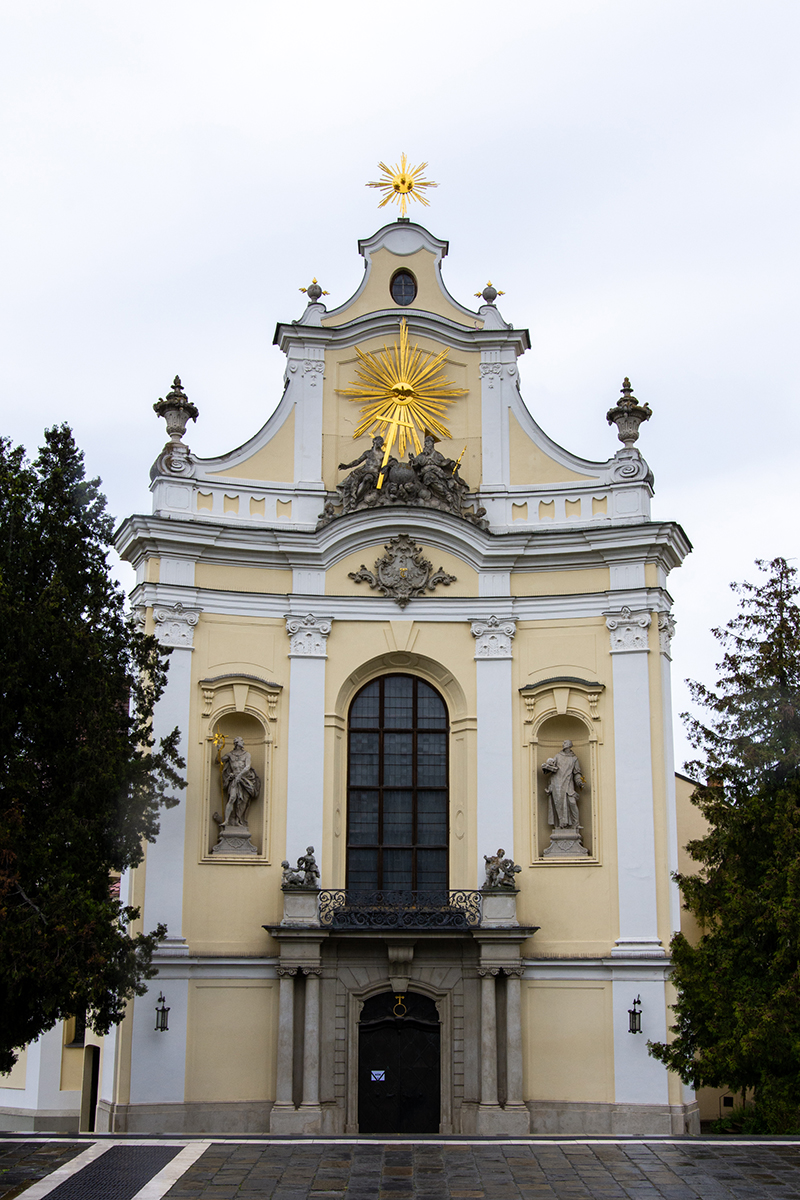
Church of the Holy Trinity and Church Organ

Toilets
The Church of the Holy Trinity, located on Božetěchova street in Královo Pole, was founded by a charter dated 13 August 1375.
The construction of the church and its adjoining Carthusian monastery likely continued until 1387. Originally a Gothic church from the late 14th century, it was rebuilt in the second half of the 18th century in its current Baroque style.
Like many other churches in Brno, the Church of the Holy Trinity and its monastery were severely damaged multiple times over the centuries, especially during wars. Despite this, the church still houses a three-manual pneumatic organ located in the choir loft. The current organ was constructed in 1950, a challenging time when limited resources led to the use of substandard materials. Some register ranks were salvaged from older organs, while others were omitted entirely due to material shortages. After forty years of use, the entire console had to be replaced.
The Carthusian church, dedicated to the Holy Trinity, is a unique example of sacred architecture. The first phase of construction included the presbytery, nave, and northern chapel, which originally served as the sacristy. The main hall features a seven-bay vaulted ceiling with a pentagonal apse and is flanked by two pentagonally terminated chapels. The second phase added the southern chapel, originally the Chapter House.
In the mid-1760s, the church and some monastery buildings underwent modifications. These changes included the addition of the Swedish Chapel, raising the building’s height, and significant alterations to the main façade. The dynamic design of the façade, featuring a concave curve, is complemented by sculptural decorations created by Ondřej Schweigl.
The church is closely connected to a complex of buildings that originally formed the Carthusian monastery. Today, this complex houses the Faculty of Information Technology of Brno University of Technology (VUT). Due to their significant historical, architectural, and artistic value, both the church and the monastery are protected as cultural heritage sites.
For loading the interactive map, please click on the map area.
For loading the interactive map, please click on the map area.